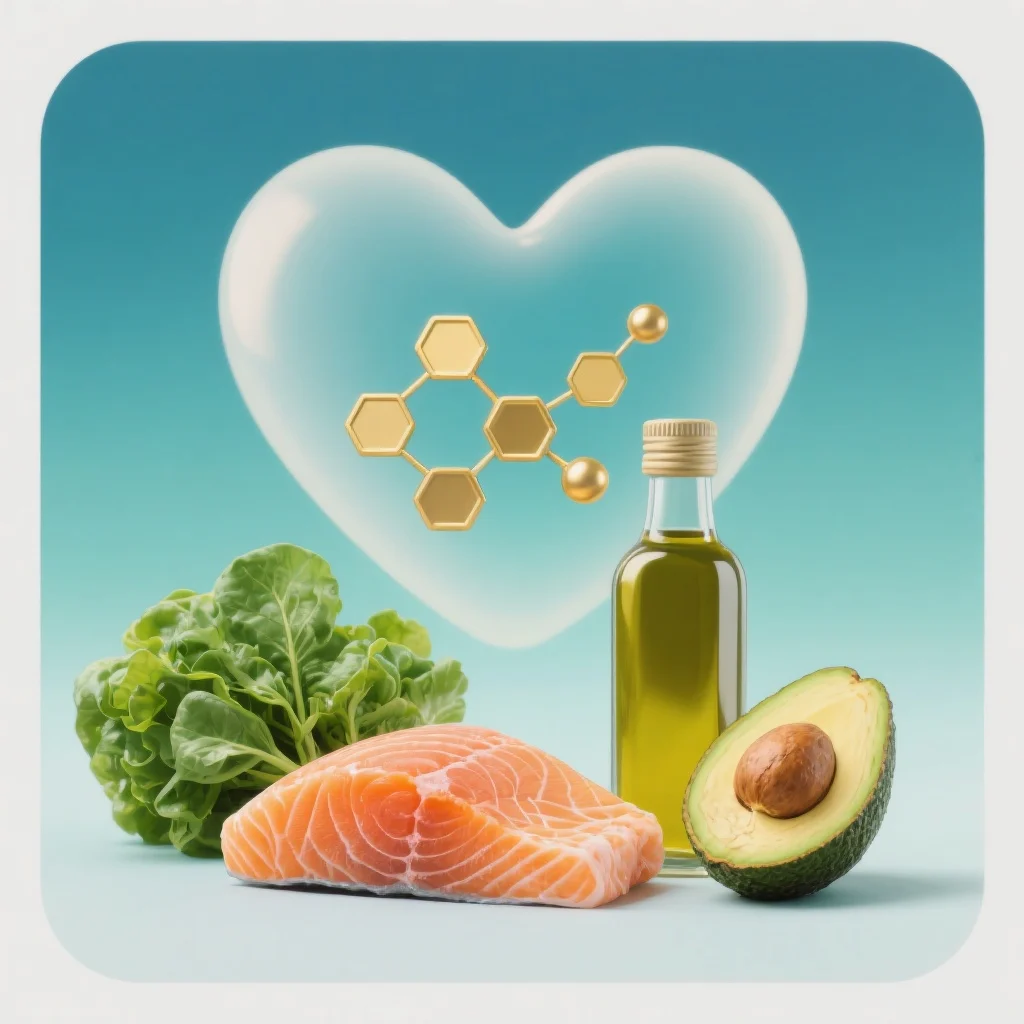Introduction
The ketogenic (keto) diet has become one of the most popular approaches to weight loss and metabolic health. By dramatically reducing carbohydrates and increasing fat intake, keto shifts your body into a state called ketosis, where fat becomes the primary fuel source. While many people experience impressive benefits—such as weight loss, improved blood sugar control, and increased mental clarity—there are also concerns, especially around cholesterol and heart health. This article explores the science behind these concerns and offers practical strategies for enjoying the benefits of keto while keeping saturated fat and cholesterol in check.
The Benefits of the Ketogenic Diet
1. Weight Loss
Keto is highly effective for weight loss, especially in the first few months. By reducing insulin levels and increasing fat burning, many people lose both body fat and visceral fat (the dangerous fat around organs).
2. Blood Sugar and Insulin Control
Keto can dramatically lower blood sugar and insulin levels, making it a powerful tool for people with type 2 diabetes, prediabetes, or insulin resistance.
3. Appetite Suppression
Many people on keto report feeling less hungry, likely due to the appetite-suppressing effects of ketones and stable blood sugar.
4. Mental Clarity and Focus
Ketones are an efficient fuel for the brain, and many people notice improved focus, mental energy, and reduced “brain fog.”
5. Potential Therapeutic Uses
Research is ongoing, but keto may benefit neurological conditions (like epilepsy and Alzheimer’s), polycystic ovary syndrome (PCOS), and some metabolic disorders.
The Cholesterol Question: Why the Concern?
1. What Happens to Cholesterol on Keto?
For some people, especially those who are genetically predisposed, the high fat intake on keto—particularly from saturated fats—can lead to increases in total cholesterol and LDL (“bad”) cholesterol. While HDL (“good”) cholesterol often rises and triglycerides usually fall, a significant jump in LDL can be concerning.
2. Why Does This Matter?
Elevated LDL cholesterol is a well-established risk factor for cardiovascular disease. While some experts argue that the type of LDL particles matters (large, fluffy particles may be less harmful than small, dense ones), most cardiologists agree that very high LDL is best avoided, especially if you have other risk factors.
3. Who Is Most at Risk?
- People with a family history of high cholesterol or heart disease
- Those with genetic conditions like familial hypercholesterolemia
- “Lean mass hyper-responders” (people who are thin, athletic, and see a dramatic rise in LDL on keto)
How to Do Keto with Less Saturated Fat
The good news: You can enjoy the benefits of ketosis without overloading on saturated fat. Here’s how:
1. Choose Heart-Healthy Fats
- Monounsaturated fats:
- Olive oil, avocado oil, avocados, macadamia nuts, almonds
- Polyunsaturated fats:
- Fatty fish (salmon, sardines, mackerel), walnuts, chia seeds, flaxseeds
- Limit saturated fats:
- Reduce butter, coconut oil, palm oil, fatty cuts of red meat, and full-fat dairy
2. Focus on Lean Proteins
- Skinless poultry, fish, seafood, lean cuts of beef or pork, eggs (in moderation)
- Plant-based proteins: tofu, tempeh, seitan (if tolerated)
3. Eat Plenty of Non-Starchy Vegetables
- Leafy greens, broccoli, cauliflower, zucchini, peppers, mushrooms, asparagus, etc.
4. Limit Processed Meats and Cheese
- Bacon, sausage, and most cheeses are high in saturated fat and sodium. Use them sparingly.
5. Watch Your Dairy Choices
- Opt for low-fat or fat-free Greek yogurt, cottage cheese, and milk alternatives (unsweetened almond, soy, or coconut milk)
6. Use Nuts and Seeds for Healthy Fats
- Walnuts, chia seeds, flaxseeds, hemp seeds, and almonds are great sources of unsaturated fats and fiber.
7. Cook with Healthy Oils
- Use extra-virgin olive oil or avocado oil for cooking and dressings.
Sample Day: Low-Saturated-Fat Keto
Breakfast:
Spinach and mushroom omelet cooked in olive oil, topped with avocado
Lunch:
Grilled salmon salad with mixed greens, cherry tomatoes, cucumbers, and olive oil vinaigrette
Snack:
Celery sticks with almond butter
Dinner:
Chicken breast stir-fried with broccoli, bell peppers, and sesame oil
Dessert:
Chia seed pudding made with unsweetened almond milk and a few berries
Monitoring Your Cholesterol
If you’re concerned about cholesterol:
- Get a baseline cholesterol panel before starting keto
- Recheck after 3–6 months
- Discuss results with your healthcare provider, especially if LDL rises significantly
Some people may need to further adjust their fat sources or consider other dietary approaches if cholesterol remains high.
Conclusion
The ketogenic diet offers many benefits, but it’s important to be mindful of the types of fats you consume—especially if you’re concerned about cholesterol and heart health. By focusing on unsaturated fats, lean proteins, and plenty of vegetables, you can enjoy the advantages of ketosis while minimizing the risks associated with high saturated fat intake. As always, work with your healthcare provider to monitor your cholesterol and overall health as you make dietary changes.
References:
- Mansoor, N., et al. (2016). Effects of low-carbohydrate diets on weight and cardiovascular risk factors: a meta-analysis of randomized controlled trials. Obesity Reviews.
- Santos, F. L., et al. (2012). Systematic review and meta-analysis of clinical trials of the effects of low carbohydrate diets on cardiovascular risk factors. Obesity Reviews.
- Harvard T.H. Chan School of Public Health: “Types of Fat”




